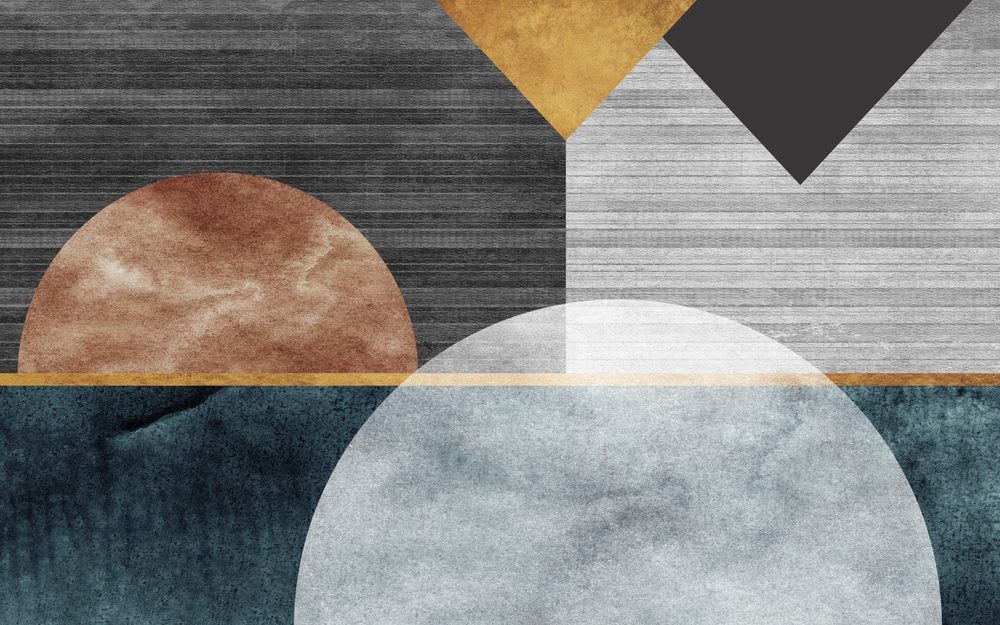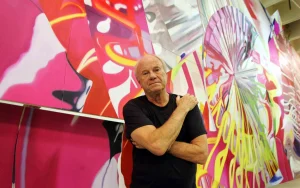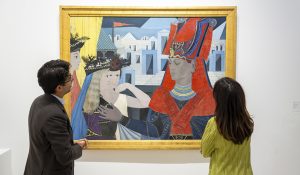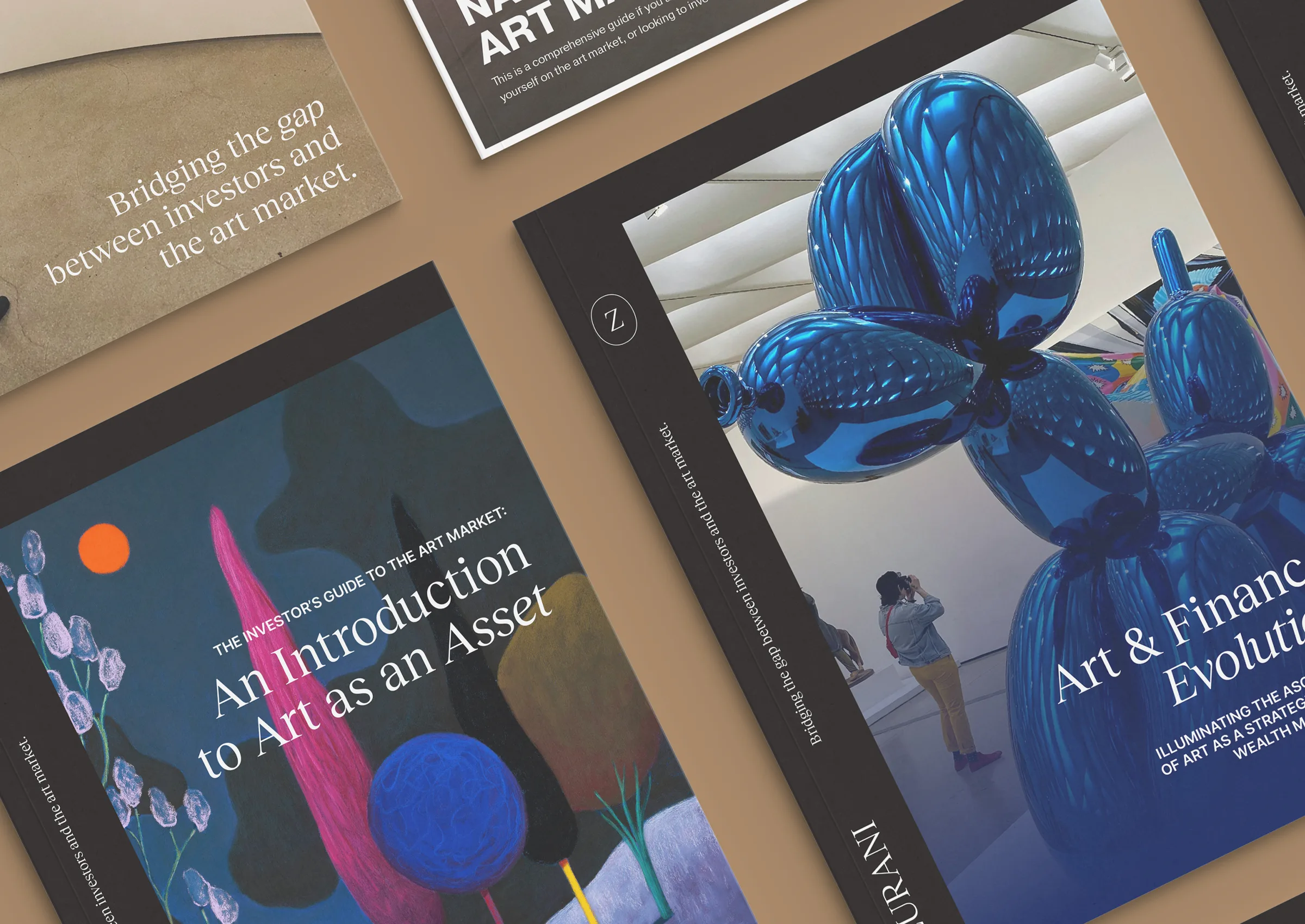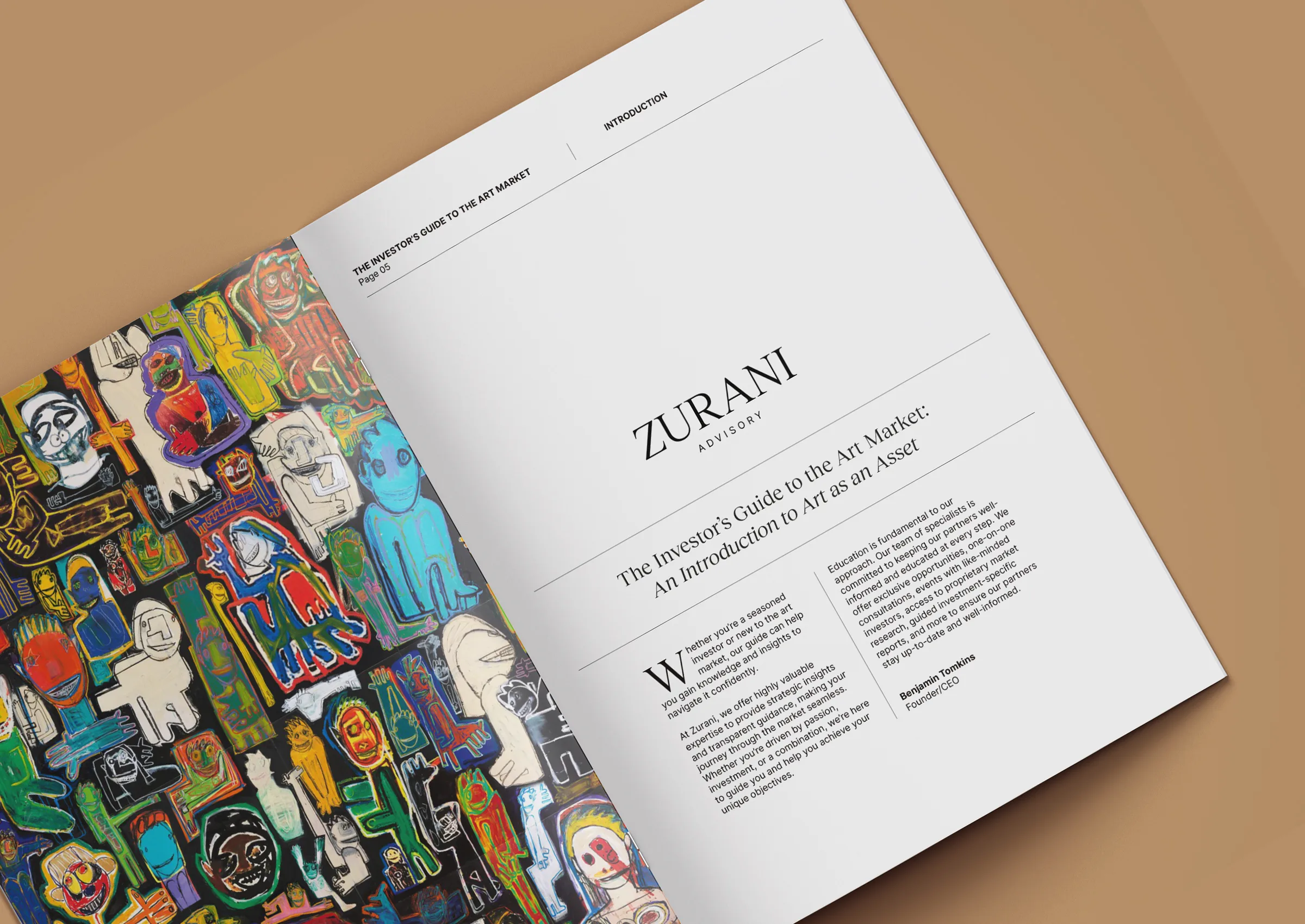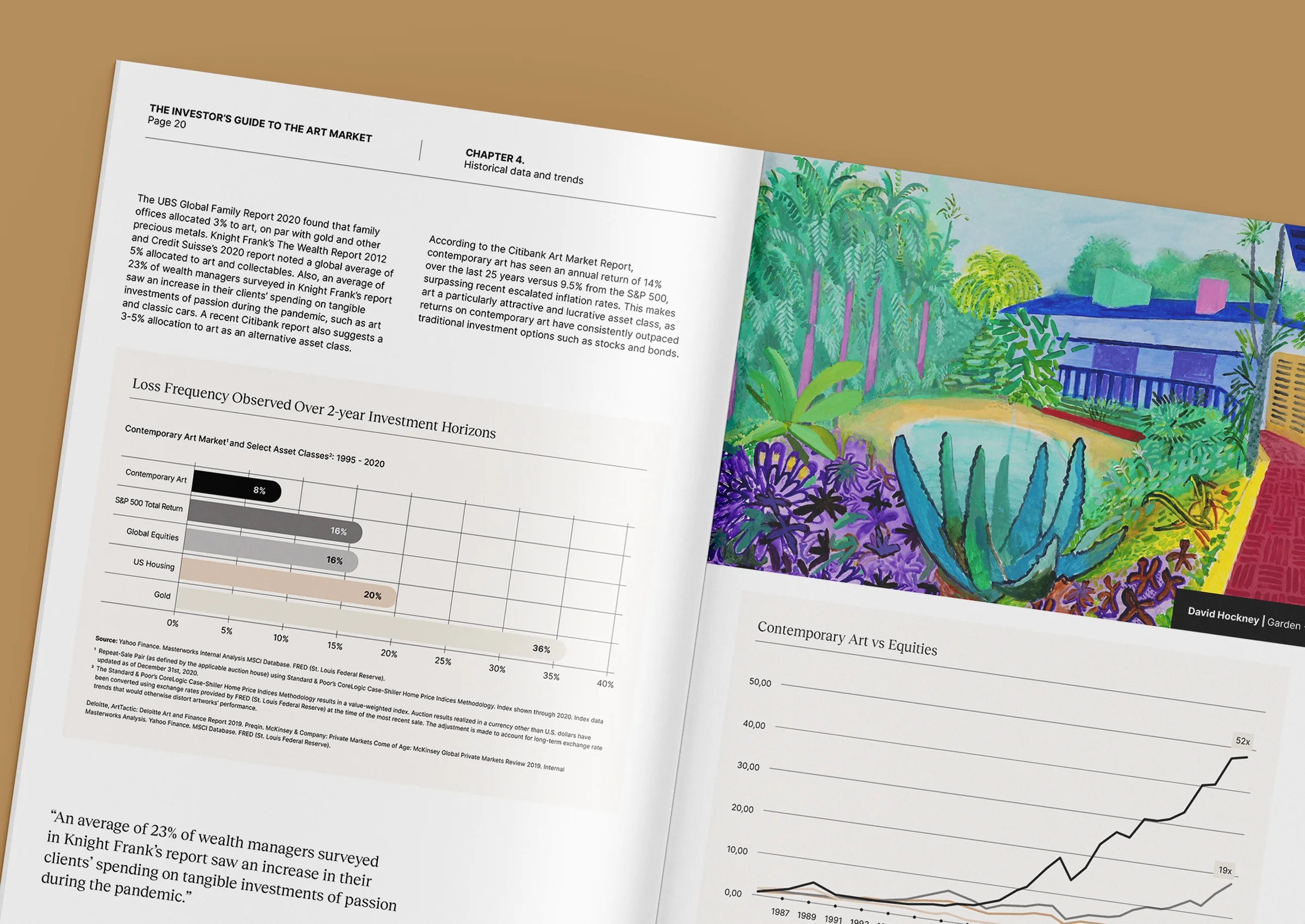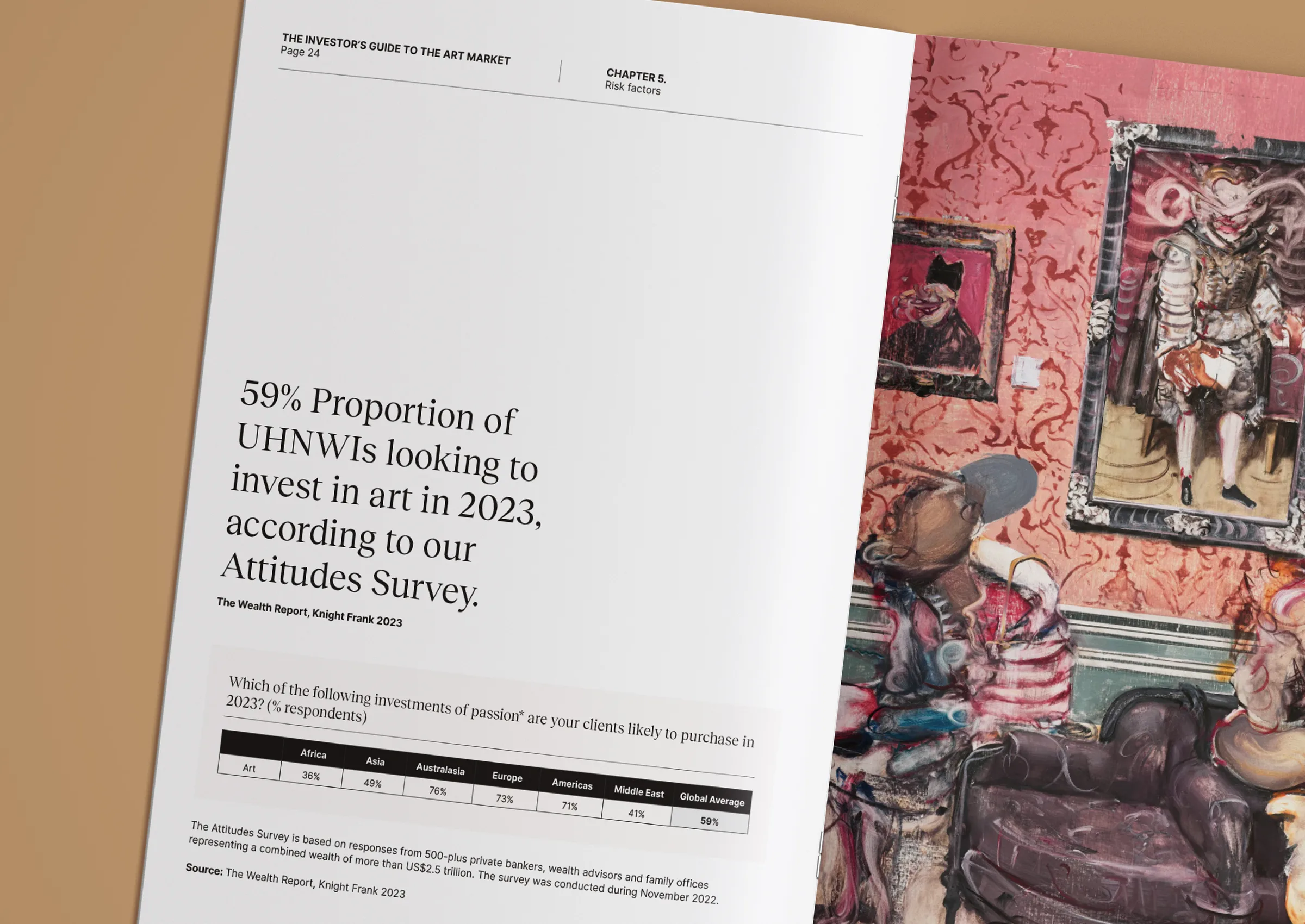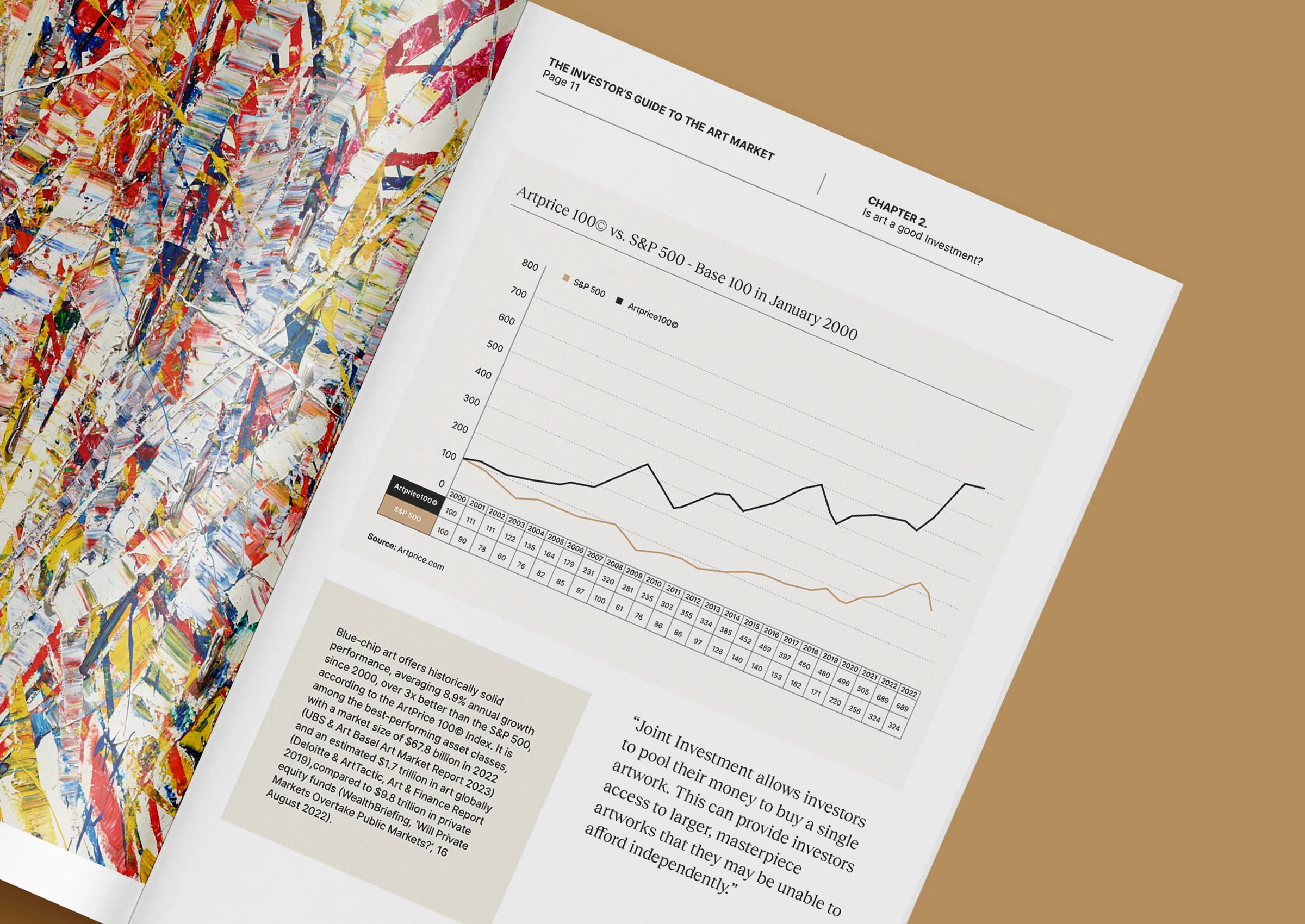How minimalist abstraction is redefining what collectors look for
In a market often drawn to spectacle, it might seem surprising that some of the most sought-after works today are the quietest. Yet that’s precisely what’s happening. Minimalist abstraction, long appreciated by museums and curators, is gaining fresh relevance as collectors seek depth, restraint, and emotional clarity.
From graphite grids and tonal fields to folded paper and meditative mark-making, process-led abstraction is enjoying a subtle renaissance. Not through hype, but through presence. And not as a trend, but as a long-overdue rebalancing of how we define value in art.
At Zurani, we’ve seen a noticeable shift. Clients are asking for works that bring calm to a space. That slows down the eye. That speaks without needing to perform. This article examines why minimalist abstraction is resurfacing in the spotlight, and why now.
A return to process, not performance
Minimalist abstraction isn’t new. From Agnes Martin’s spiritual grids to Nasreen Mohamedi’s rhythmic lines, the language of minimalism has long been one of repetition, control, and intention.
But in recent years, art collecting, like much of the world, leaned towards maximalism. Think bold colours, political statements, or Instagram-ready installations. In that context, minimalism was often overlooked as too quiet, too subtle, or too “difficult.”
Today, that has changed.
Collectors are rediscovering the satisfaction of works that reward sustained attention. The kind that doesn’t scream for engagement, but gently pulls you in. A graphite panel by Ayesha Sultana, or a paper composition by Ha Chong-Hyun, invites a different pace and a deeper kind of reflection.
These are works made through labour, not spectacle. Their beauty lies in restraint. Their value lies in presence.
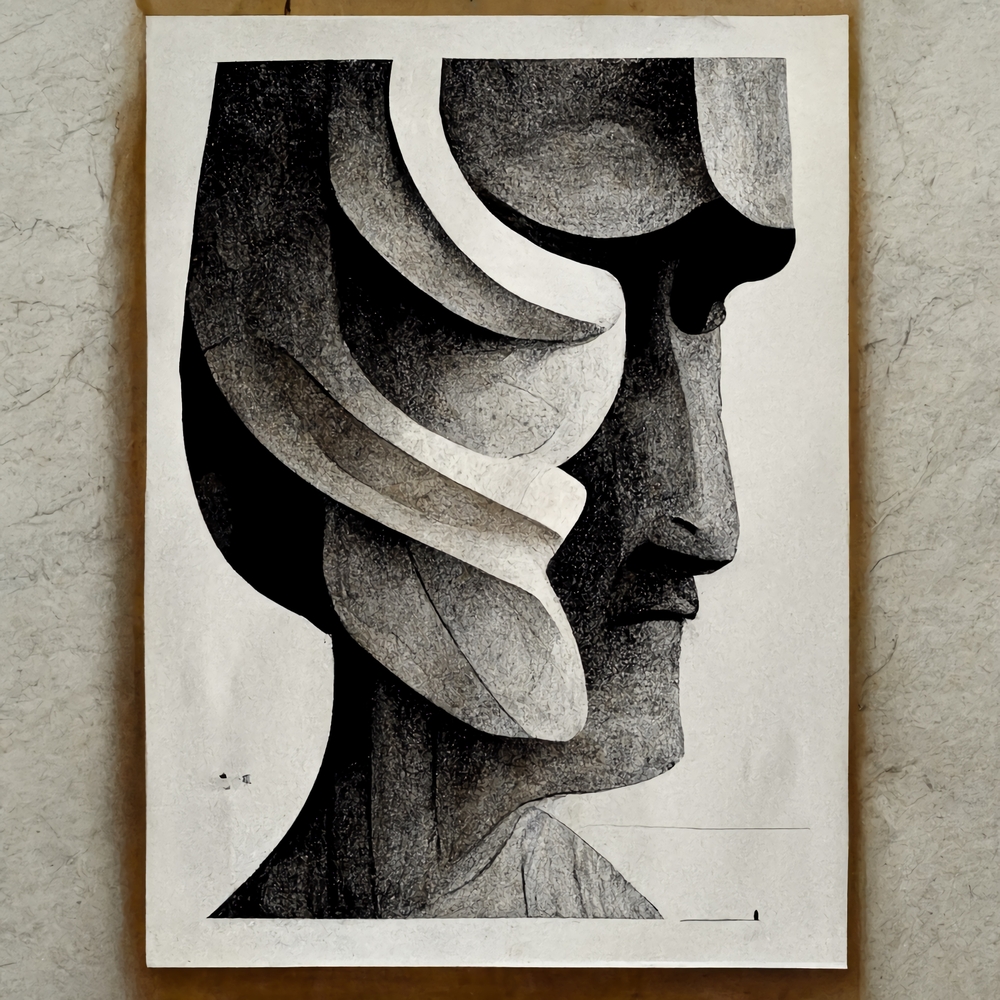
Why collectors are shifting their focus
Several forces are converging to draw collectors back to minimalist abstraction, and this shift extends beyond mere taste.
First, there’s a growing fatigue with oversaturation. In a world of constant alerts, pop-ups, and performative branding, many collectors are turning inward, seeking art that offers relief, not more noise.
Second, minimal works tend to integrate more seamlessly into modern architecture and interior design. In high-spec homes, private museums, or wellness-oriented spaces, they contribute to the atmosphere without competing with it.
Third, there’s curatorial validation. Institutions are mounting significant retrospectives of previously under-recognised minimalist voices, including women, artists from the Global South, and those working outside traditional Western centres. This has brought renewed attention to a lineage of process-led abstraction that many collectors are now exploring with purpose.
Ultimately, these works often hold significant legacy potential. Because they resist trends, they hold their integrity and their value over time.
The emotional value of visual silence
Minimalism is sometimes mistaken for coldness. But for many collectors, the opposite is true. In abstraction, they find emotional clarity. In repetition, they find rhythm. In space, they find calm.
These works often mirror the qualities we seek in life: balance, focus, quiet strength. They can serve as anchors in a collection, grounding louder or more figurative works, and providing space for reflection.
At Zurani, we’ve seen collectors use minimalist pieces as visual punctuation in both personal and professional spaces. Whether hung in a boardroom, a reading nook, or alongside a more expressive collection, these works bring intention and cohesion.
They also become deeply personal. Many clients report forming stronger emotional bonds with these works over time, discovering new depths not immediately apparent, but through living with them.
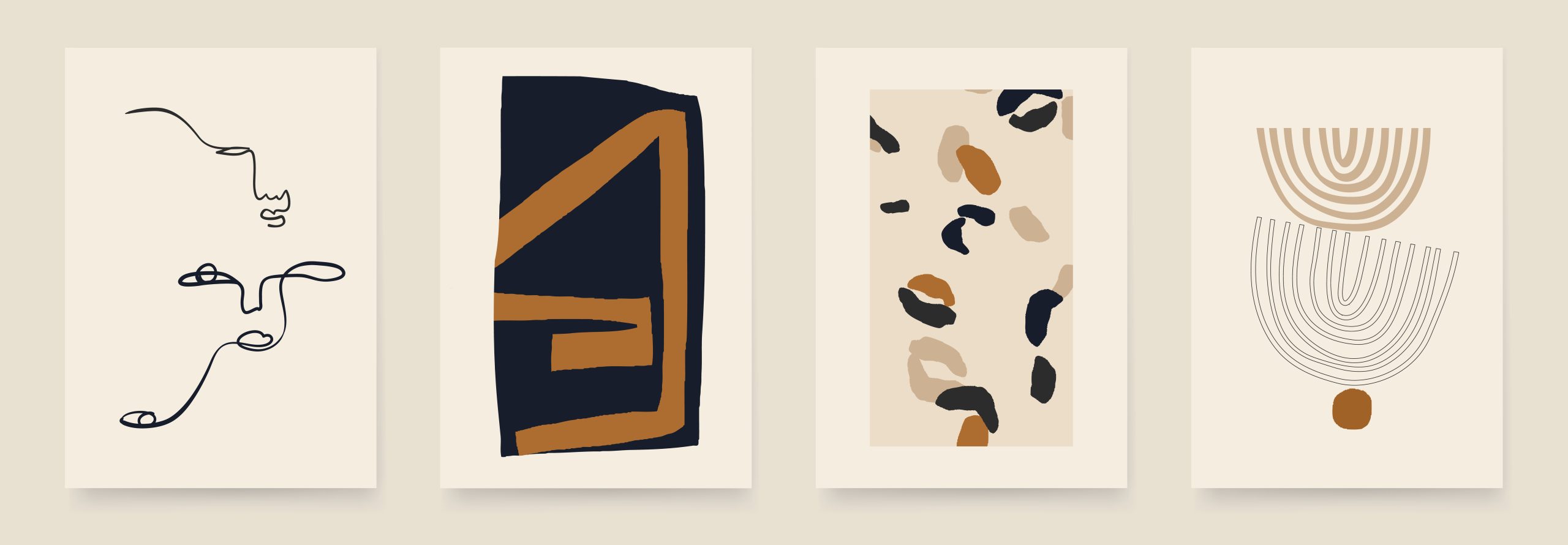
What this means for long-term collecting
For collectors considering their next move, minimalist abstraction offers more than just aesthetic harmony. It offers legacy.
Many of the artists gaining attention today, from Tomma Abts to Park Seo-Bo, are rooted in practices that have remained consistently quiet for decades. Their markets are now catching up to their cultural importance.
Meanwhile, a younger generation of artists is building on that lineage, adding new materials, voices, and contexts. Their work is thoughtful, often understated, and increasingly visible across biennales, private collections, and museum shows.
As a result, collecting in this space is not about prediction. It’s about alignment. With your environment. With your values. And with your vision for the future.
To explore acquisitions that bring visual clarity and long-term cultural depth to your collection, speak to our team at +971 58 593 5523, email us at contact@zurani.com, or visit our website at www.zurani.com.
